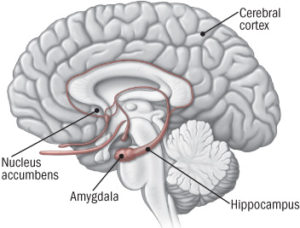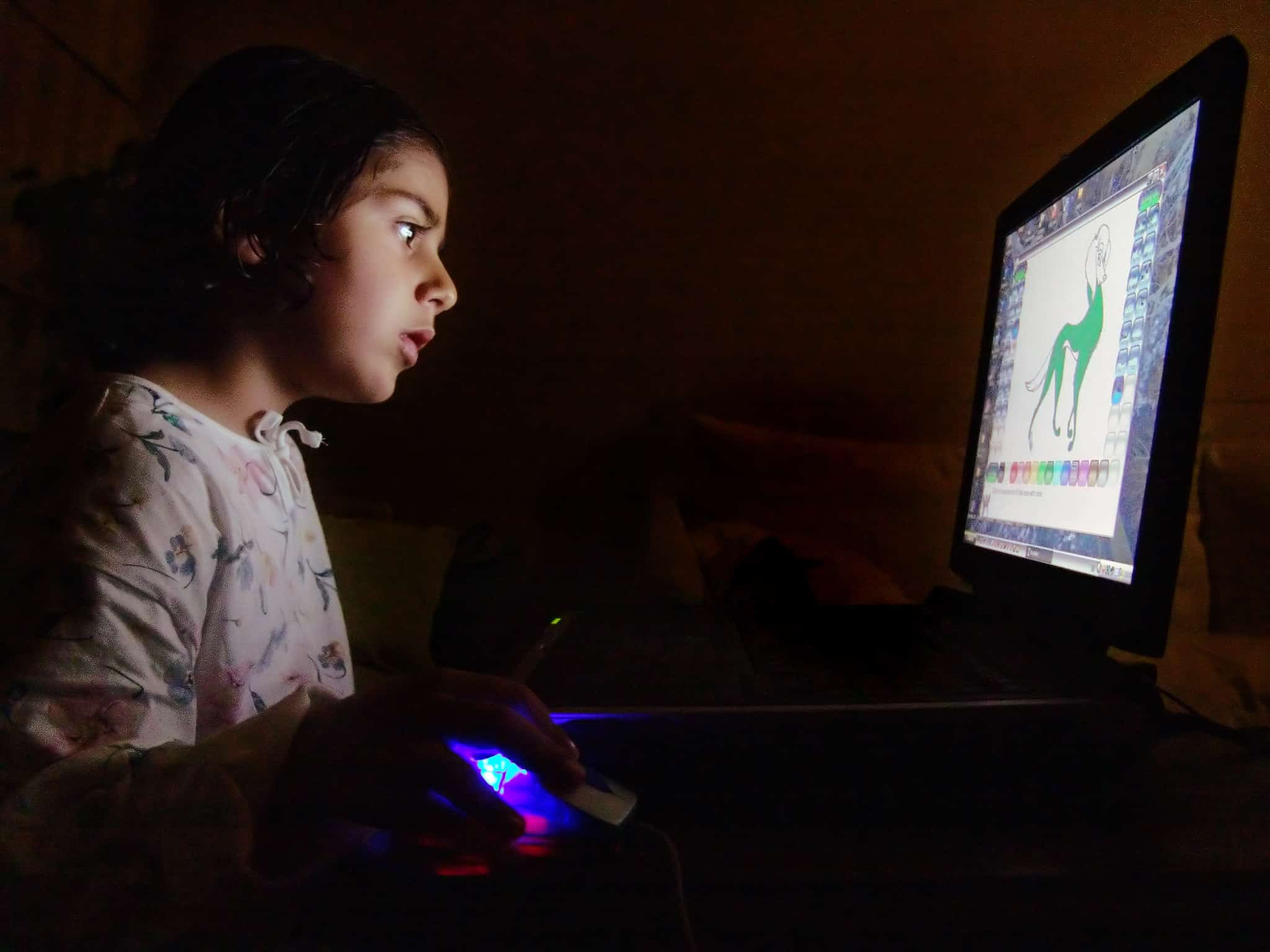PSA: Technology Addiction, This Is Your Brain On Screens
If you are old enough, you might remember the old public service commercial about a frying egg representing “your brain on drugs.” I doubt that people actually avoided drugs based upon that commercial, but it did get our attention! What about your brain on smartphones? Admittedly, that’s a drastic comparison, but they do share some common qualities. Technology addiction can occur for the same reasons that drugs can be addictive. So, let’s dive into a little comparison!
Smartphone Addiction And The Brain

I did a series of blogs, starting with this one on classical conditioning, on how technology can “hook” us into compulsively checking our devices. This can appear to be a smartphone addiction. Interestingly, many behavioral addictions, such as gambling, appear to tap into the same reward areas of the brain that are involved in addictive drugs. These are “older” parts of the brain that are associated with feelings of pleasure but are also important to reward learning. This includes a cluster of neurons called the nucleus accumbens that releases dopamine, a neurotransmitter, when the reward system is activated.
Certainly, there’s much more to addiction than just the stimulation of certain brain regions and the release of dopamine. However, it appears that behavioral addictions, which can include compulsive smartphone checking, work in a manner that is similar to that of addictive drugs. Now, checking Snapchat isn’t going to give a teen the same level of dopamine burst that they would get from snorting cocaine. Thank goodness or we’d all be in a LOT of trouble!
An Itch And A Release
Instead of feeling pleasure from checking our devices, the activation of the dopamine system creates an itch that needs to be scratched. Importantly, this reward system is activated by the mere presence of our cell phones and especially when they buzz, ring, or chime. Thus, when we are in a state of anticipation, the reward system activates and dopamine is released. My phone buzzed; who might be texting me? What might they want? Who liked my Facebook post? Who commented and what did they say?
You might notice the feeling yourself. What does it feel like when your smartphone phone buzzes or chimes while in your purse or pocket? What’s the feeling that arises? It’s not exactly pleasure. But we do feel something: it’s that itch that needs to be scratched. In the case of our smartphones, it means we check them. Often, it is easier to give into the feeling and check our devices than to fight that feeling. Checking feels like…relief from that itch!
Everywhere We Go
It is particularly tempting to check our smartphones because we basically carry them with us wherever we go. We have all seen people (or sometimes we’ve been that person) who has his or her head down with eyes glued to the smartphone while:
– Walking across the street or in a parking lot
– Riding a bike
– At a concert or sporting event
– Pushing an infant or toddler in a stroller
– Waiting in a line
– At restaurants
– In the bathroom
– In a sauna
– While driving
Let’s be careful not to judge too harshly. We have all done some of these things from time to time. Given the pull our phones have, it’s hard to fight the compulsion to check them. Since they are always on us, it makes it even more difficult. Then there’s the fact that they are pinging or vibrating. Imagine if a drug user always had a stash on them, they might use it any time. Now imagine if the drug alerted the user and asked to be used! It’s no wonder why we can’t “just say no” to our phones!
Are Tech Companies Like Big Tobacco?
Tech companies, including Facebook, Google, and Snapchat, make money based on people using their products. They want eyes on their app or program because that’s how they make money. Our attention is a precious commodity that tech companies fight hard to gain. They know all about the hooks of technology and hire neuroscientists, psychologists, and behavior experts to devise ways to keep us hooked. Just take a look at industry insider Nir Eyal’s Hooked: How to Build Habit-Forming Products. The title says it all! Just like Big Tobacco wants people to get hooked on cigarettes, the tech industry wants us hooked on their products. They want us to develop a smartphone addiction. They don’t care for our overall well-being. That’s not their mission. Their goal is to sell their products and make money. That’s capitalism at work!
The Takeaway?
Technologies such as smartphones, texting, email, gaming, and social media can lead us to compulsively check our devices. They activate the same reward circuits in the brain that are involved in drug addiction. So, in this sense, we can have a smartphone addiction. Importantly, we feel motivated to check our devices because they create a feeling of wanting, not necessarily liking. When we are in a state of anticipation, the dopamine reward system is activated. We feel compelled to check. That said, checking our phones DOES NOT activate this dopamine reward system at the same level of intensity that snorting cocaine would (thanks goodness!).
Tech companies understand these mechanisms quite well and use them to get us hooked. That’s how they make their money. They don’t really care if our well-being and productivity take a hit. As long as they have our eyes, they profit. That doesn’t necessarily make tech companies bad. But their goal (to get our attention so they can make money) should give us all pause. Their goal doesn’t align with ours (ultimately, to meet our needs, be productive, be happy).

